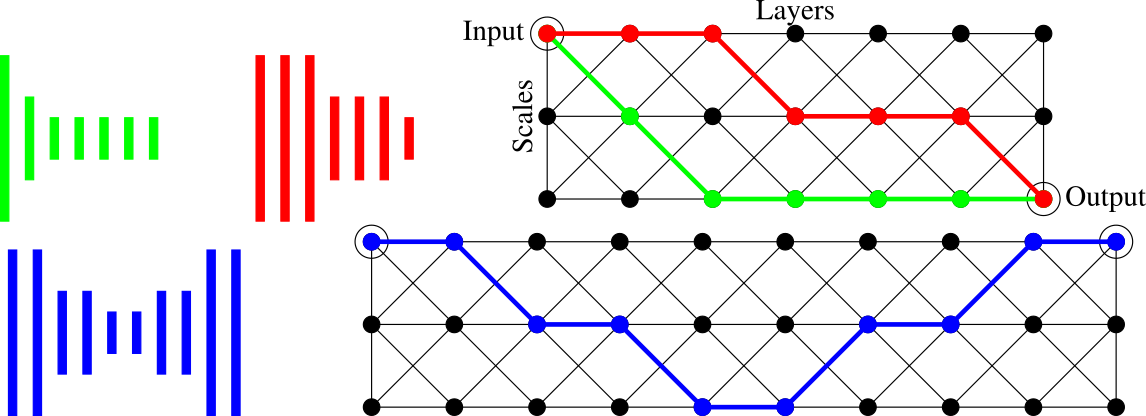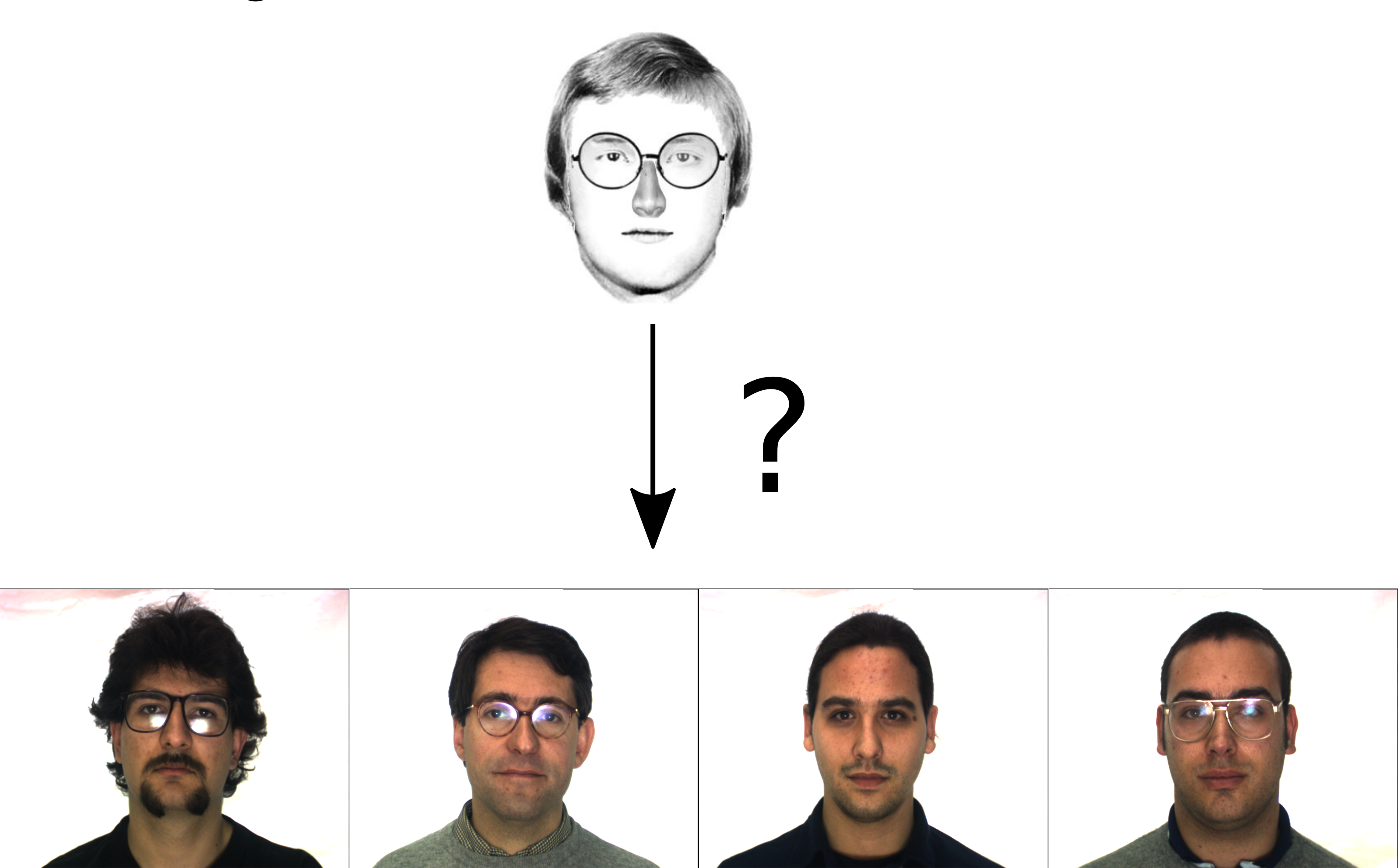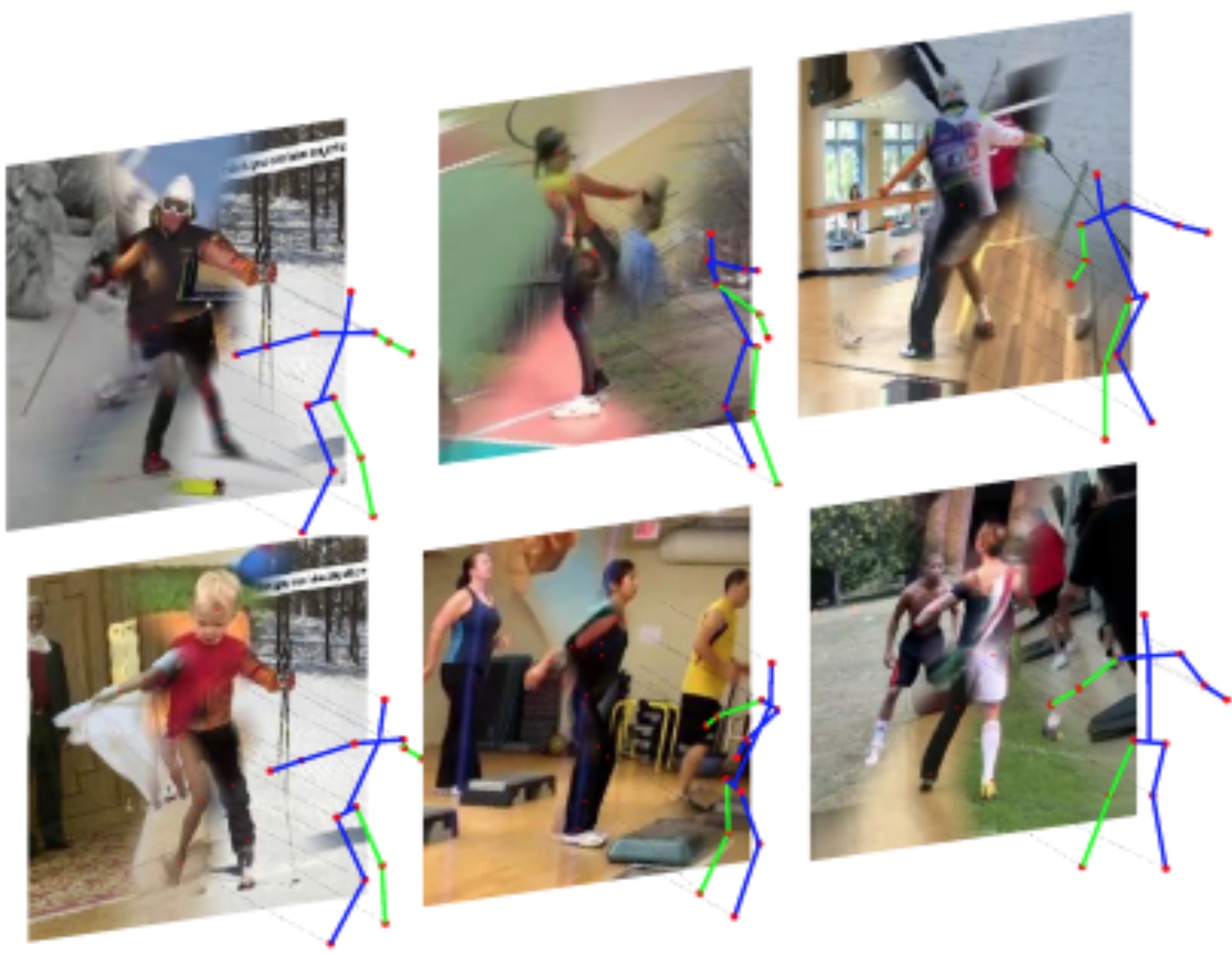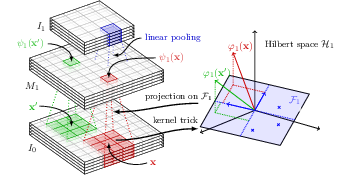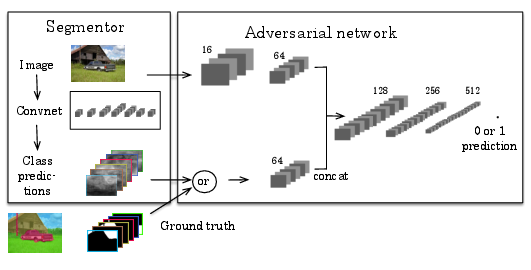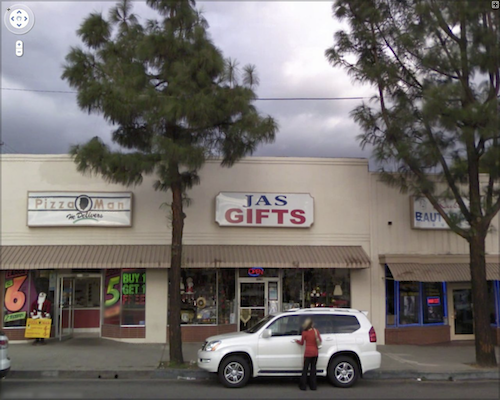Section: New Results
Visual recognition in images
Convolutional Neural Fabrics
Participants : Shreyas Saxena, Jakob Verbeek.
Despite the success of CNNs, selecting the optimal architecture for a given task remains an open problem. Instead of aiming to select a single optimal architecture, in this work [20], we propose a “fabric” that embeds an exponentially large number of architectures. See 1 for a schematic illustration of how fabrics embed different architectures. The fabric consists of a 3D trellis that connects response maps at different layers, scales, and channels with a sparse homogeneous local connectivity pattern. The only hyper-parameters of a fabric are the number of channels and layers. While individual architectures can be recovered as paths, the fabric can in addition ensemble all embedded architectures together, sharing their weights where their paths overlap. Parameters can be learned using standard methods based on back-propagation, at a cost that scales linearly in the fabric size. We present benchmark results competitive with the state of the art for image classification on MNIST and CIFAR10, and for semantic segmentation on the Part Labels dataset.
|
Heterogeneous Face Recognition with CNNs
Participants : Shreyas Saxena, Jakob Verbeek.
Heterogeneous face recognition aims to recognize faces across different sensor modalities, see 2 for a schematic illustration. Typically, gallery images are normal visible spectrum images, and probe images are infrared images or sketches. Recently significant improvements in visible spectrum face recognition have been obtained by CNNs learned from very large training datasets. In this paper [21], we are interested in the question to what extent the features from a CNN pre-trained on visible spectrum face images can be used to perform heterogeneous face recognition. We explore different metric learning strategies to reduce the discrepancies between the different modalities. Experimental results show that we can use CNNs trained on visible spectrum images to obtain results that are on par or improve over the state-of-the-art for heterogeneous recognition with near-infrared images and sketches.
|
Mocap-guided Data Augmentation for 3D Pose Estimation in the Wild
Participants : Grégory Rogez, Cordelia Schmid.
In this paper [19], we address the problem of 3D human pose estimation in the wild. A significant challenge is the lack of training data, i.e., 2D images of humans annotated with 3D poses. Such data is necessary to train state-of-the-art CNN architectures. Here, we propose a solution to generate a large set of photorealistic synthetic images of humans with 3D pose annotations. We introduce an image-based synthesis engine that artificially augments a dataset of real images with 2D human pose annotations using 3D Motion Capture (MoCap) data. Given a candidate 3D pose our algorithm selects for each joint an image whose 2D pose locally matches the projected 3D pose. The selected images are then combined to generate a new synthetic image by stitching local image patches in a kinematically constrained manner. See examples in Figure 3. The resulting images are used to train an end-to-end CNN for full-body 3D pose estimation. We cluster the training data into a large number of pose classes and tackle pose estimation as a K-way classification problem. Such an approach is viable only with large training sets such as ours. Our method outperforms the state of the art in terms of 3D pose estimation in controlled environments (Human3.6M) and shows promising results for in-the-wild images (LSP). This demonstrates that CNNs trained on artificial images generalize well to real images.
|
End-to-End Kernel Learning with Supervised Convolutional Kernel Networks
Participant : Julien Mairal.
In [16], we introduce a new image representation based on a multilayer kernel machine. Unlike traditional kernel methods where data representation is decoupled from the prediction task, we learn how to shape the kernel with supervision. We proceed by first proposing improvements of the recently-introduced convolutional kernel networks (CKNs) in the context of unsupervised learning; then, we derive backpropagation rules to take advantage of labeled training data. The resulting model is a new type of convolutional neural network, where optimizing the filters at each layer is equivalent to learning a linear subspace in a reproducing kernel Hilbert space (RKHS). We show that our method achieves reasonably competitive performance for image classification on some standard " deep learning " datasets such as CIFAR-10 and SVHN, and also for image super-resolution, demonstrating the applicability of our approach to a large variety of image-related tasks. The model is illustrated in Figure 4.
Semantic segmentation using Adversarial Networks
Participants : Pauline Luc, Camille Couprie [Facebook] , Soumith Chintala [Facebook] , Jakob Verbeek.
Adversarial training has been shown to produce state of the art results for generative image modeling. In [24], we propose an adversarial training approach to train semantic segmentation models. We train a convolutional semantic segmentation network along with an adversarial network that discriminates segmentation maps coming either from the ground truth or from the segmentation network, as shown in Figure 5. The motivation for our approach is that it can detect and correct higher-order inconsistencies between ground truth segmentation maps and the ones produced by the segmentation net. Our experiments show that our adversarial training approach leads to improved accuracy on the Stanford Background and PASCAL VOC 2012 datasets.
|
Enhancing Energy Minimization Framework for Scene Text Recognition with Top-Down Cues
Participants : Anand Mishra [IIIT Hyderabad] , Karteek Alahari, C. v. Jawahar [IIIT Hyderabad] .
Recognizing scene text, i.e., text in images such as the one in Figure 6, is a challenging problem, even more so than the recognition of scanned documents. This problem has gained significant attention from the computer vision community in recent years, and several methods based on energy minimization frameworks and deep learning approaches have been proposed. In our work presented in [8], we focus on the energy minimization framework and propose a model that exploits both bottom-up and top-down cues for recognizing cropped words extracted from street images. The bottom-up cues are derived from individual character detections from an image. We build a conditional random field model on these detections to jointly model the strength of the detections and the interactions between them. These interactions are top-down cues obtained from a lexicon-based prior, i.e., language statistics. The optimal word represented by the text image is obtained by minimizing the energy function corresponding to the random field model. We evaluate our proposed algorithm extensively on a number of cropped scene text benchmark datasets, namely Street View Text, ICDAR 2003, 2011 and 2013 datasets, and IIIT 5K-word, and show better performance than comparable methods. We perform a rigorous analysis of all the steps in our approach and analyze the results. We also show that state-of-the-art convolutional neural network features can be integrated in our framework to further improve the recognition performance.
|
Local Convolutional Features with Unsupervised Training for Image Retrieval
Participants : Mattis Paulin, Matthijs Douze [Facebook] , Zaid Harchaoui [University of Washington] , Julien Mairal, Florent Perronnin [Xerox] , Cordelia Schmid.
Patch-level descriptors underlie several important computer vision tasks, such as stereo-matching or content-based image retrieval. We introduce a deep convolutional architecture that yields patch-level descriptors, as an alternative to the popular SIFT descriptor for image retrieval. The proposed family of descriptors, called Patch-CKN[9], adapt the recently introduced Convolutional Kernel Network (CKN), an unsupervised framework to learn convolutional architectures. We present a comparison framework to benchmark current deep convolutional approaches along with Patch-CKN for both patch and image retrieval (see Fig. 7 for our pipeline), including our novel “RomePatches” dataset. Patch-CKN descriptors yield competitive results compared to supervised CNNs alternatives on patch and image retrieval.



